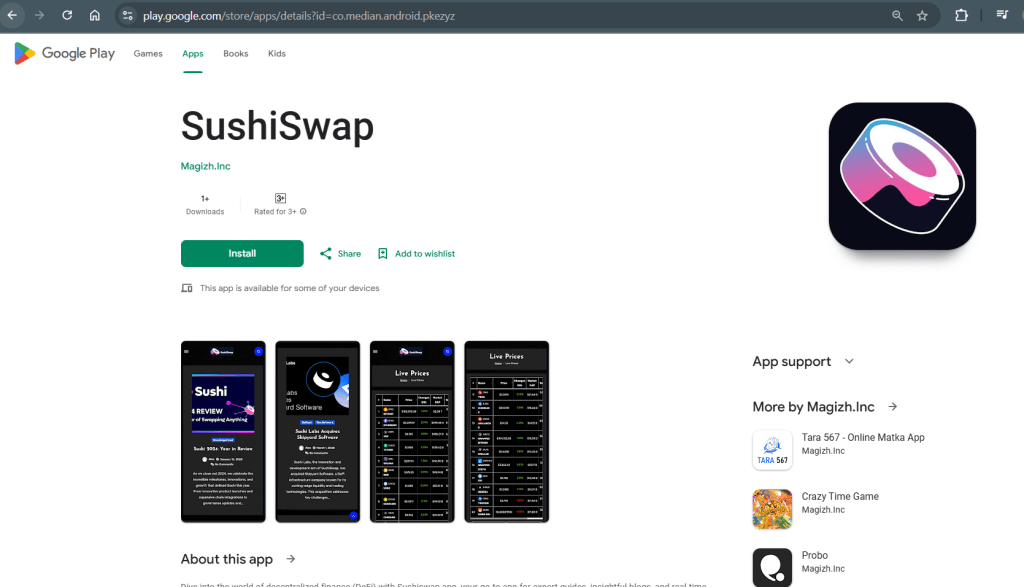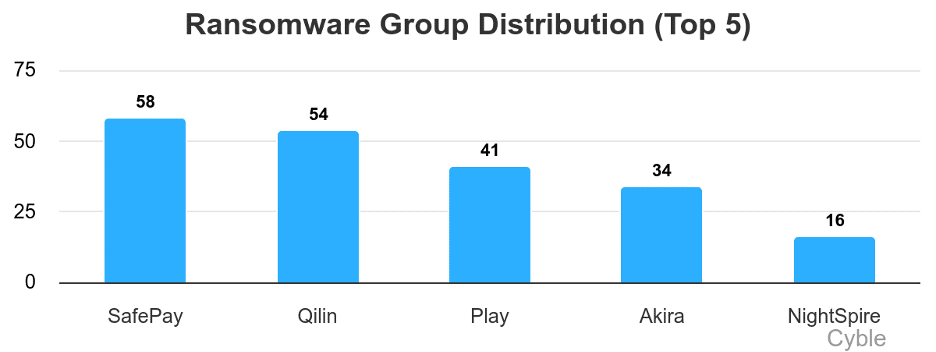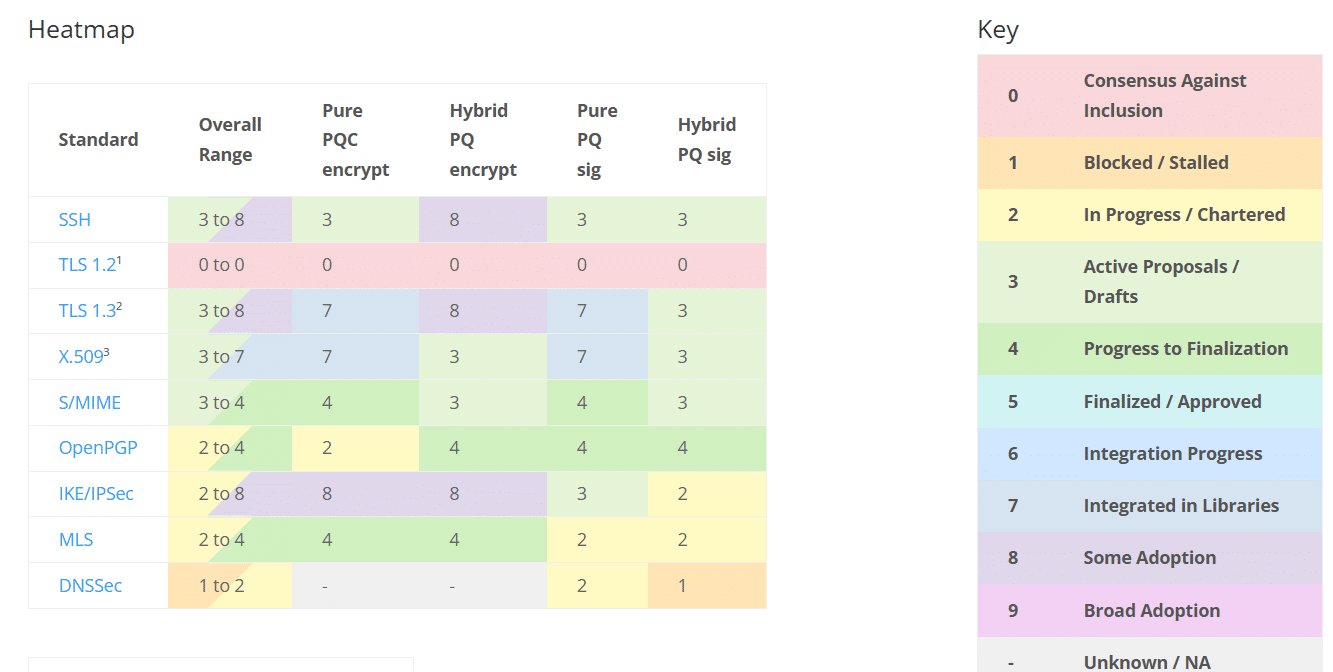Fake App Mimicking Shagle Targets Android Users 2023
ESET researchers have found an espionage campaign that targets Android users looking for an app for Shagle, a video chat platform. The trojanized fake app mimicking shagle is made using the Android version of the Telegram app.
While the original Shagle website does not offer an app for video chats, the fake website for Shagle made by the StrongPity espionage gang offers one that is available for Android-run devices. However, the app is not distributed on Google Play Store.
The StrongPity espionage campaign distributing the fake app mimicking Shagle
The open-source Telegram app is used to create the fake app mimicking Shagle which has the StrongPity backdoor code.
Researchers also found that the version of malware on the Shagle application was not active at a certain time however, it can be updated should StrongPity change its plans to relaunch the campaign.
The research read that the app could not be installed at the time of research, nor could its backdoor functionality be triggered.
They did not find any victims of this app either leading to speculations of it being a highly targeted campaign for specific individuals or entities. It was last available around February 25, 2022.
The following are the capabilities of the fake app mimicking Shagle. It can:
- Record calls
- Collect SMSes
- Access call logs
- Copy contact lists
- Request to activate accessibility services
- Granting permissions silently if the device is rooted
It would silently grant permissions to WRITE_SETTINGS, MODIFY_PHONE_STATE, and READ_PRIVILEGED_PHONE_STATE among others if the device is rooted.
If extended permissions are granted to the fake app mimicking Shagle it can also access notifications and exfiltrate messages from 17 other apps on the device. They are:
- Messenger
- Gmail
- Tinder
- Viber
- Skype
- Messenger Lite
- LINE: Calls & Messages
- Kik – Messaging & Chat App
- tango-live steam & video chat
- Hangouts
- Telegram
- Snapchat
- Hike News & Content
- imo-International Calls & Chat
Technical details of the fake app mimicking Shagle
Malicious activities first trigged upon the execution of defined actions including BOOT_COMPLETED, BATTERY_LOW, or USER_PRESENT.
It used interprocess communication (IPC) for interacting between its own components and launching its commands. It would then send system data to the C&C server using HTTPS.
The received AES-encrypted file with 11 binary modules would get saved in the app’s internal storage at /data/user/0/org.telegram.messenger/files/.li/.
The modules would get saved in the sharedconfig.xml file which would get dynamically triggered by the parent app.
The module libarm.jar (cm module) was responsible for recording phone calls while services.jar (lo module) was used for fetching the device location.
The copied device data would get stored in the /data/user/0/org.telegram.messenger/databases/outdata database and then would be encrypted and sent to the C&C server as shown in the figure below:
(Source: welivesecurity)
The domain name used by this campaign had the word ‘dutch’. The HTML code found on the fake Shagle website was copied from the original shagle.com website on November 1, 2021.
The domain was also registered on the same day. The code was taken using the automated tool HTTrack.
Telegram app’s AndroidManifest.xml was used for the components and permissions needed by the Shagle apps backdoor code.
Moreover, org.telegram.messenger package was used to insert malicious classes to make the fake Shagle app appear legitimate.

The fake app mimicking Shagle uses Telegram version 7.5.0 (22467). And while package names for Android apps must be unique IDs, this trojanized android app used the same as the official Telegram app.
This also gives away that those users using the original Telegram app cannot install the malicious Shagle app.
Researchers argue that this may be a maneuver to narrow down targets based on those using the Telegram app. They may even coax users to uninstall Telegram or StrongPity was focused on launching this malicious campaign in countries with fewer Telegram users.
Telegram’s error documentation clarified that StrongPity developers did not get their own API ID for initial testing and copied the sample API ID from Telegram’s open-source code.
Since Telegram does not allow the use of a sample API Id outside a limit, researchers got an error message during signing up using a phone number.
No new working version of the fake Shagle app was also found during research. This suggests that the campaign may have become defunct. It also suggests that their designated target may have been victimized at an early stage.
Similarity between this campaign to the previous Android campaign
Researchers found that this app uses a certificate signature that matches the one used in a previous campaign by the group.
The previous campaign discovered in 2021 was the only other malicious Android campaign attributed to the StrongPity espionage group. It was about a malicious Syrian e-gov app.

Upon comparing the backdoor code between both campaigns using SHA-1: 5A5910C2C9180382FCF7A939E9909044F0E8918B, it was found that the new campaign offers some added functionalities with the same code and similar functions as offered in the prior app.






